Kumano Kodo Kiiji Trail 5: From Kainan to Yuasa
Since beginning our journey on the Kumano Kodo Kiiji Trail in Osaka, we’ve reached just about the halfway point. Today, we will cover the part of the trail that goes from Kainan to Yuasa. This section of the trail leaves the major railroad we’d been following and heads up into the mountains. While some part of the trail is a bit strenuous, it is definitely a fun walk, and if you come at the right time, the mountains are full of tangerine trees!
Note: See here for the other entries of our Kiiji and Kumano Kodo series!
Kumano Kodo Kiiji Trail: Kainan to Yuasa
In order for us to resume our hike, we had to head east from Kainan Station for about 10 minutes. Kainan City is only 15 minutes away from Wakayama Station and even though it’s not a very big place, the limited express Kuroshio stops here.
As always, you know you are on the right path when you see the stone oji marking the trail. The first oji we reached was Bodaibo Oji. Haraido Oji is also nearby, but you have to walk on the mountain path for a while to reach it.


Fujishiro Shrine
Fujishiro Shrine is 20 minutes away from Kainan Station and is one of the most famous shrines along the Kiiji Trail. Interestingly, this shrine also has a temple on its grounds, which is very unique. However, this was once very commonplace, especially given that the pilgrimage to Kumano is by nature a mixture of Shito and Buddhism beliefs.
Another unique thing about this shrine is that it is considered the birthplace of the Suzuki clan. During the Heian period, the first members of the Suzuki clan moved here. Eventually, the Suzuki built Kumano shrines all over Japan. Now Suzuki is the most common family name in Japan.
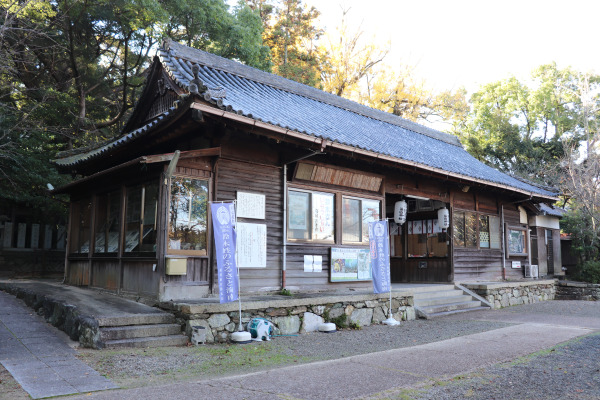

Fujishirasaka
Behind Fujishiro Shrine is Fujishirasaka. This slope leads up the mountain and there are 17 jizo that guard the path to the top. From Kainan, the Kiiji Trail goes through several mountains to Gobo and this is the first one.


Jizoho-ji Temple
On the top of Fujishirasaka is Jizoho-ji Temple and in the temple is Fujishirotoge Oji. Up to this point, most oji were inside shrines, but this one just so happens to be in a temple. Just behind the temple is a great observation spot. Be sure to check it out!


Arida City
After we cleared Fujishirasaka, we reached Arida City, which is famous for producing the most tangerines in Japan. It was really amazing to see just how many tangerine groves are in this town. Best of all, they sell the fresh tangerines on the side road for really cheap when it’s peak season!
Some parts of the trail from Jizoho-ji is really hard to follow because it literally goes through all the groves.



Kiiji Trail goes through a little community to the Hai Pass. Along the way, there are several Oji, so don’t miss them!



Hai Pass
After Ichitsubo Oji is the Hai Pass or, Haino-toge. This was our second mountain and it was quite steep as near the top of the pass. Farmers most likely use this pass, so it was (thankfully) all paved. At the top, the scenery is really breathtakingly pretty!




Kii – Miyahara
Walking down from the Hai Pass, the Kiiji Trail goes into Yuasa City. As one of the biggest cities in central Wakayama, there are so many things to see here. I wish we could have had an entire day to walk in Yuasa.
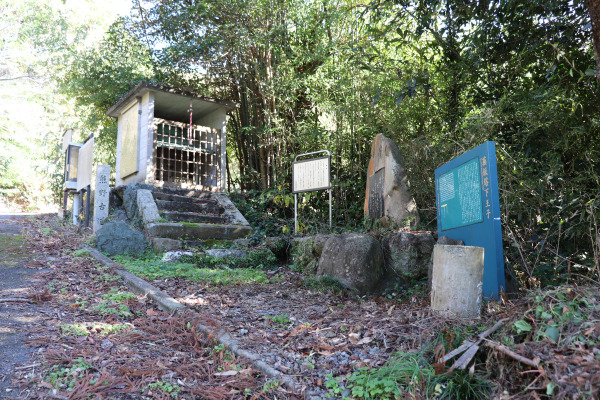
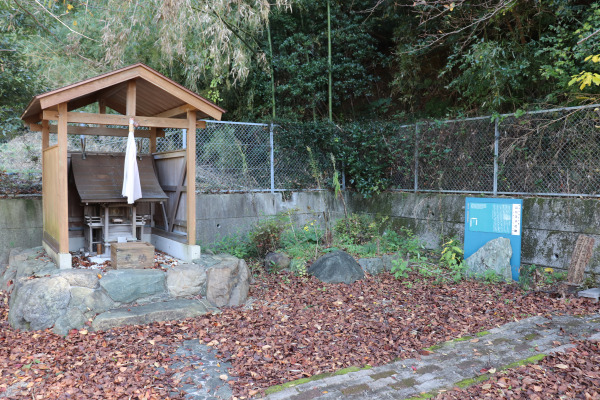

The Arida River is the biggest river in the central Wakayama region. Just after crossing the Arida River is Tokusho-ji, a temple well-known in the legend of Princess Chujo, who created the giant mandala in Taima Temple.
After her father remarried, Princess Chujo’s mother-in-law despised and abused her. So the princess fled her home to Mt. Hibari. Yet even there, her mother-in-law went so far as to try to assassinate her in Mt. Hibari, which is very close to Tokusho-ji Temple.


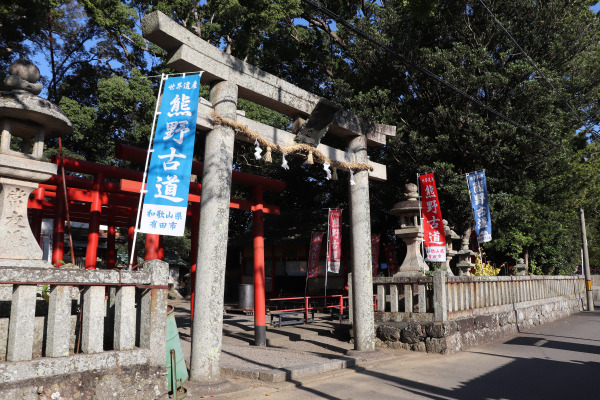

Itoga Pass
The final pass we went through was the Itoga Pass. Though this pass wasn’t that long, we were already pretty exhausted, as having already gone through two other passes already.
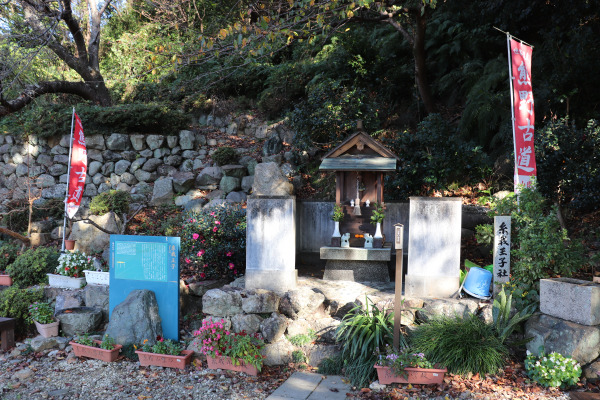



Yuasa
After the Itoga Pass, there was another small pass, called the Hozuto Pass. After walking on the Hozuto Pass, we finally arrived at the central area of Yuasa. It is one of the largest, old cities in central Wakayama, commonly known as the birthplace of soy sauce. The Kiiji Trail goes through the historic district of Yuasa, which has many old houses. Some of the stores sold cheap tangerines and nice soy sauce, so make sure to get yourself some souvenirs!


At last! We arrived at the destination for the day: Yuasa Station. It was a long slug for sure over those mountain passes, but the fragrant scent of the tangerine groves, the fresh air, and those amazing views really made it worth it.



Leave a Reply